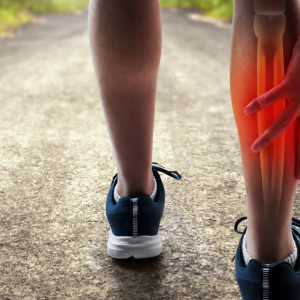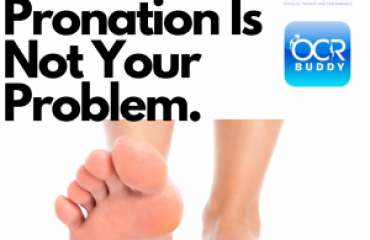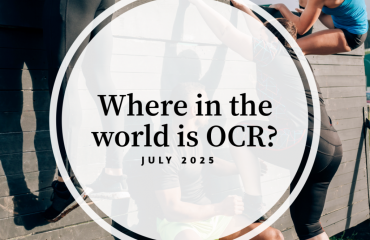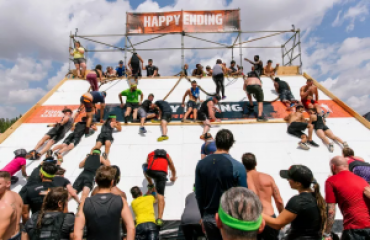 Many runners experience pain in the lower leg, ankle, and/or foot at some point. Sometimes it is due to trauma, such as an ankle sprain, but most times it comes out of nowhere. When this happens, you do everything you can think of to resolve it – consult with Dr. Google, consult with YouTube, ask your friends, ask on social media. This results in many ideas for what you can do about your pain, including rest, ice, massage, taping, stretching, new shoes, orthotics, physical therapy, etc. You do them all and yet the pain remains.
Many runners experience pain in the lower leg, ankle, and/or foot at some point. Sometimes it is due to trauma, such as an ankle sprain, but most times it comes out of nowhere. When this happens, you do everything you can think of to resolve it – consult with Dr. Google, consult with YouTube, ask your friends, ask on social media. This results in many ideas for what you can do about your pain, including rest, ice, massage, taping, stretching, new shoes, orthotics, physical therapy, etc. You do them all and yet the pain remains.
Chronic lower leg, ankle, and foot issues are all too common in runners and yet they don’t have to be. Most times, you simply need to stop addressing the symptoms and instead determine the root cause of the pain in order to know the correct course of action. You can treat the symptoms all you want, but until you uncover what is driving the pain, the pain will remain.
“But I went to physical therapy already and it didn’t help!” Yes, I’ve heard that many times from runners. Here’s the problem – many physical therapists don’t truly know how to work with athletes and those who do don’t really know how to work with runners. Even though running doesn’t seem complex because it is so easy to just put on shoes and go for a run, running is highly involved and technical.
Here are the most common issues I see when I work with injured runners:
Weak feet
Our feet are the foundation to our bodies. If the foundation of a building is weak, the building will collapse. The body is the same way. If we don’t have a good, strong foundation in our feet, issues can arise in our bodies.
Your feet can often support your body when walking without a problem, but when we add the increased force of running (average of 3x your body weight) and the number of steps you take each and every time you run, the forces add up quickly. Eventually, things will give way.
When our feet are weak, the arches tend to collapse when you run, resulting in overpronation. This overpronation can cause increased torque and other increased forces through our muscles, tendons, and ligaments in the foot, ankle, and lower leg. Over time, pain is created due to those increased forces. Even with shoes or orthotics that are meant to control the overpronation issues, that doesn’t always work. The body is great at winning battles, even if they aren’t good battles to win.
Weak hips
Yes, the hip is quite a distance away from your foot, but it plays a major role into our foot and ankle issues.
When we have weak hips (as well as poor control of our pelvis), this can cause the hip to drop or rotate when we run. Being that our hips are at the top of our leg, when the hip doesn’t maintain a good, controlled position, rotation forces occur down the leg. This can result in the foot and/or ankle falling inward into pronation. Just like what happens when our feet overpronate due to weakness in the feet, the falling inward that can result from weak hips also creates increased torque or other increased forces at the foot and ankle.
Poor form
Running technique plays a huge role in injuries that you incur. These possible injuries include the lower leg, foot, and ankle. The more you land with the leg out in front of you and on your heel, the greater the forces through the leg and the more control required of all the small muscles and tendons in the foot, ankle, and lower leg.
You can address many of the weaknesses in the areas mentioned above and have a great chance of resolving your pain. If you don’t address your running technique at the same time, though, it is highly likely the pain will return or a different one will occur in the future. This is why it is highly recommended that someone look at your running technique when treating your injuries, not just addressing muscle weakness that are found.
Written by Brianne Showman. Brianne is a physical therapist and running coach with Get Your Fix Physical Therapy And Performance. Her focus is on helping athletes resolve injuries in less time by getting to the root of the problem, improving movement patterns, and incorporating proper training to help the body to move more efficiently, more powerfully, and in less injury-prone ways.









